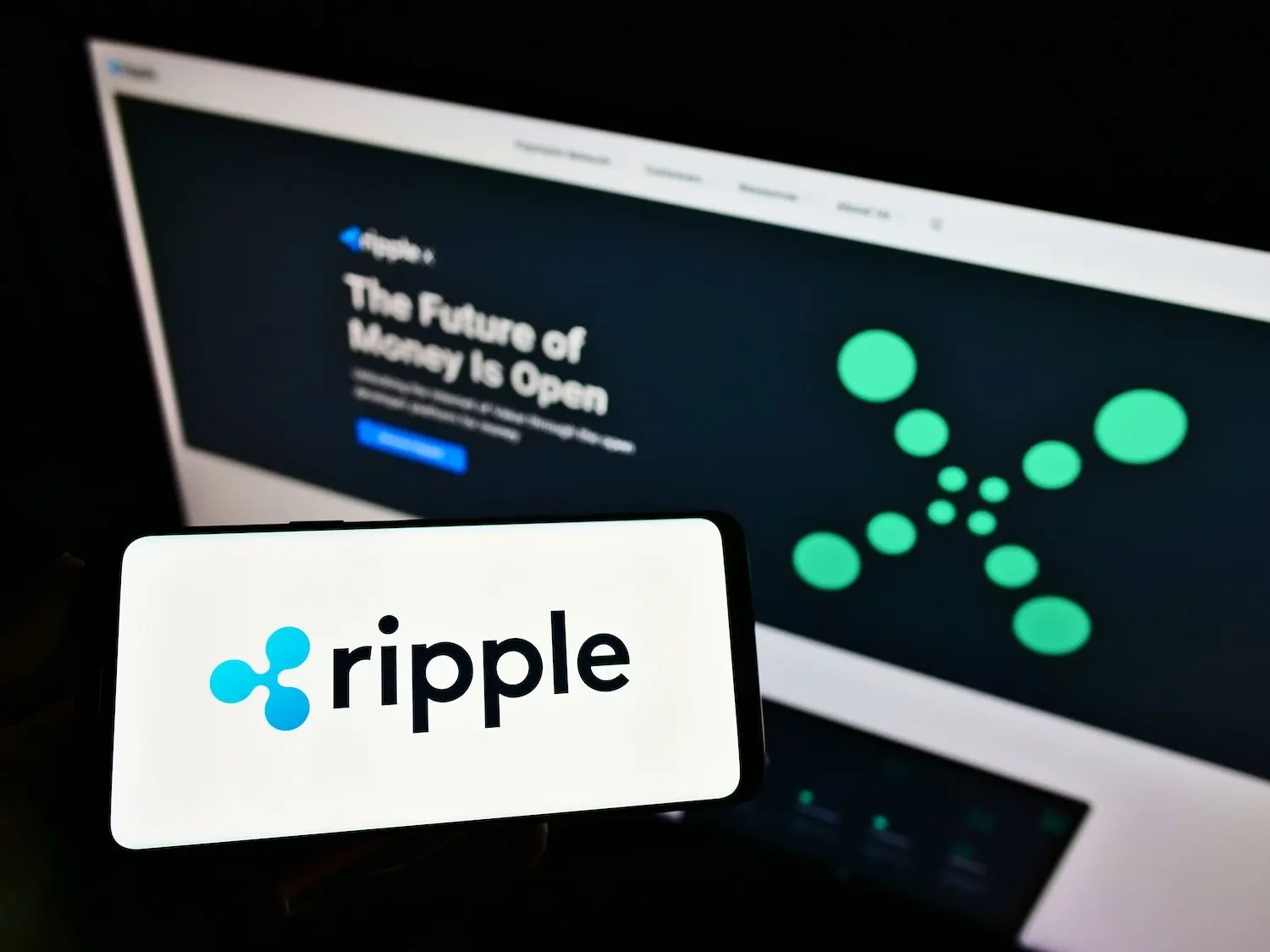Ripple Labs launched its institutional prime brokerage service on Monday, marking the company's entry into over-the-counter trading for US clients weeks after completing a $1.25 billion acquisition. The service, branded as Ripple Prime, enables institutions to execute spot trades in digital assets including XRP and the company's dollar-pegged stablecoin RLUSD, which recently crossed $1 billion in market capitalization.
What to Know:
- Ripple Prime offers US institutions OTC trading, cross-margining, and financing options following the Hidden Road acquisition completed in October.
- RLUSD stablecoin surpassed $1 billion market cap for the first time, reflecting growing institutional demand for stable digital settlement instruments.
- The expansion raises questions about XRP's operational role as Ripple shifts focus toward institutional financial services rather than token-based payment networks.
Institutional Trading Infrastructure Takes Shape
Ripple acquired Hidden Road, a multi-asset prime brokerage, less than two weeks ago for $1.25 billion. The platform now operates under the Ripple Prime brand and provides capabilities that extend beyond standard crypto brokerage services. Institutional clients can access cross-margining and financing arrangements that remain uncommon among digital asset prime brokers.
The service targets institutions seeking to execute large transactions away from public exchanges. Off-exchange trades reduce market impact and allow firms to maintain positions without triggering price movements that accompany public order books.
Ripple Prime also provides infrastructure built to address regulatory and compliance requirements specific to US markets.
The timing coincides with increased activity in the stablecoin sector. Digital dollar instruments have gained traction among institutions that require efficient settlement mechanisms without exposure to volatile cryptocurrencies.
For Ripple, the launch represents a strategic pivot that has unfolded gradually across its product lineup and client relationships. XRP and RLUSD are moving beyond retail trading platforms into institutional finance channels. Analyst Paul Barron noted the service positions Ripple in direct competition with established players like Coinbase Prime and Anchorage Digital.
Stablecoin Growth Signals Institutional Adoption
RLUSD reached a market capitalization exceeding $1 billion for the first time, according to data from CoinGecko. The milestone reflects sustained growth driven by liquidity providers and regulated entities seeking stable on-chain instruments.
The stablecoin's integration within Ripple Prime may enable additional applications. Institutions could use RLUSD for collateralized lending arrangements, cross-border settlements, or decentralized finance instruments designed for compliance-focused participants. These use cases depend on the stablecoin maintaining regulatory approval and market acceptance.
Stablecoins have become essential infrastructure for institutions entering digital asset markets. They provide dollar exposure without the custody challenges or volatility associated with cryptocurrencies like Bitcoin or Ether. RLUSD's growth suggests Ripple has succeeded in attracting institutional interest for its dollar-pegged token.
The company's acquisitions of Hidden Road and corporate treasury platform GTreasury signal a clear institutional focus. However, this strategy has prompted questions about how XRP fits into Ripple's evolving business model.
Questions About XRP's Operational Role
Ripple's institutional expansion could widen the disconnect between its corporate strategy and XRP's function within its ecosystem. The company has described XRP as a bridge currency for cross-border payments, but its recent moves emphasize services that don't require the token for core operations.
Ripple Prime's announcement stated the service would "enhance the utility" of its offerings without specifying XRP's role in transaction flows. The company continues to fund operations partly through XRP sales and holdings, effectively treating the token as a capital source rather than an operational asset. This approach has drawn criticism from observers who question whether XRP serves a purpose beyond financing Ripple's expansion into institutional financial services.
Critics point out that Ripple can build payment networks, brokerage services, and treasury management tools without requiring XRP for their basic functions. The token's original purpose was to facilitate low-cost international transfers, but many of Ripple's partnerships and products operate independently of XRP.
How the company balances its institutional ambitions with XRP's stated use case will likely determine the token's relevance in coming years. Ripple has emphasized XRP remains central to its strategy, but its recent acquisitions suggest the company is building a financial services business that extends well beyond a single cryptocurrency.
Closing Thoughts
Ripple Prime's launch positions the company as a competitor in institutional digital asset services while RLUSD gains adoption among entities seeking stable settlement tools. The expansion reflects growing institutional interest in crypto infrastructure that meets regulatory standards. Whether XRP maintains significance in Ripple's business model as the company prioritizes traditional financial services remains uncertain.

